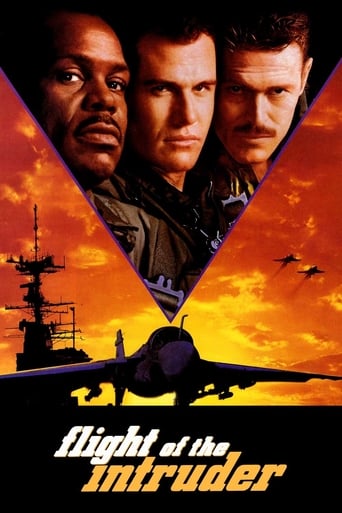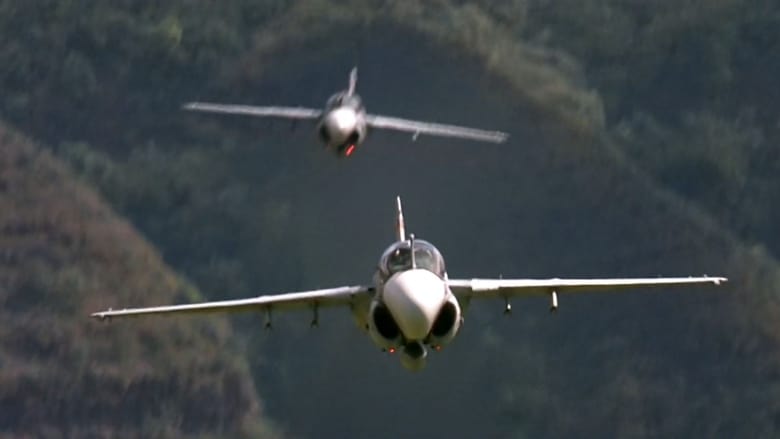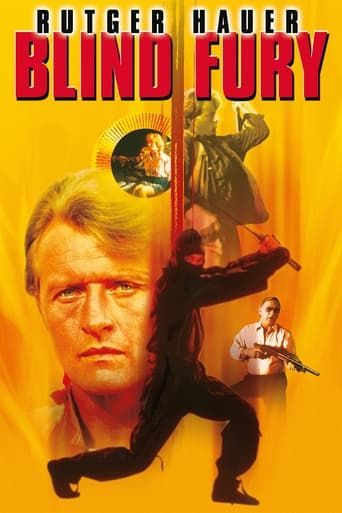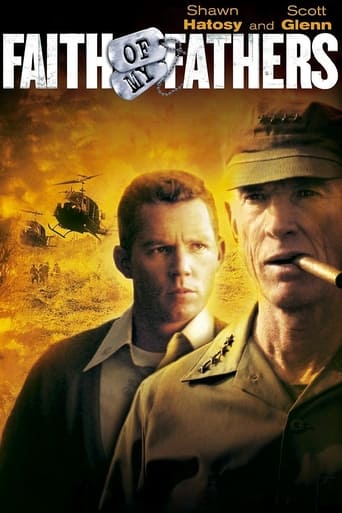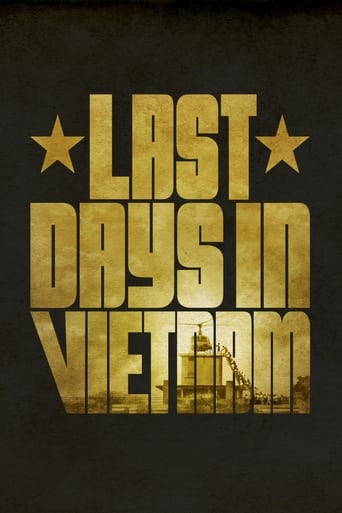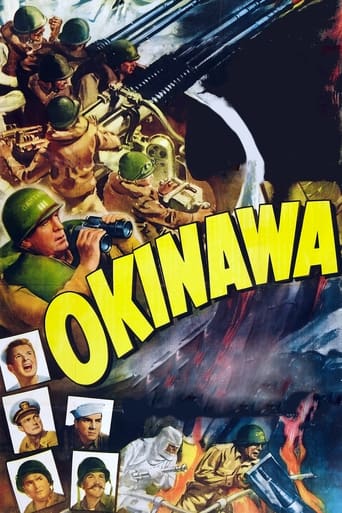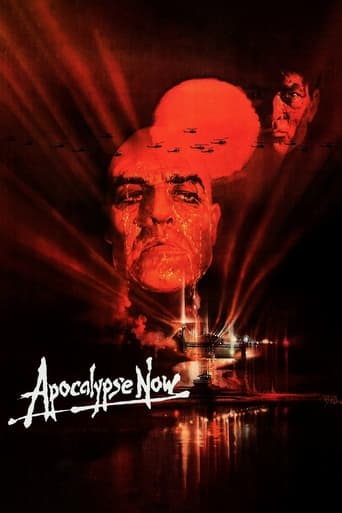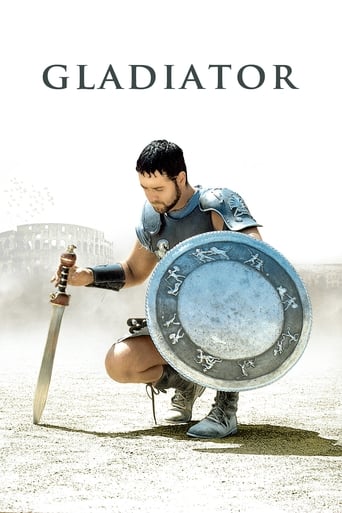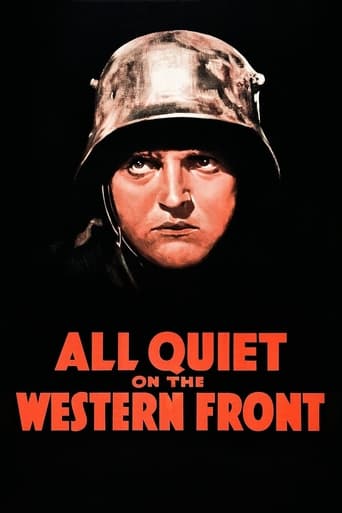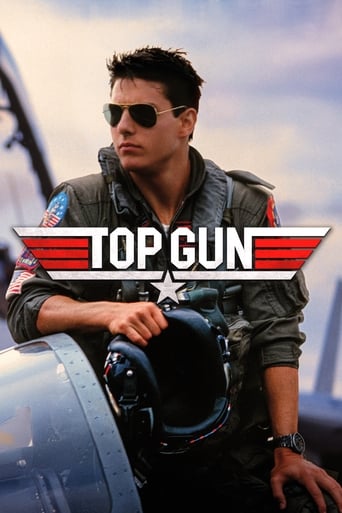Flight of the Intruder (1991)

U.S. Navy pilot Lt. Jake Grafton and his bombardier buddy, Lt. Cmdr. Virgil Cole, are two soldiers embedded in the Vietnam War growing frustrated by the military's constraints on their missions. Despite the best efforts of their commanding officer, Cmdr. Frank Camparelli, to re-engage them, this disillusioned pair decide to take the war effort into their own hands with an explosive battle plan that could well get them court-martialed.
Watch Trailer
Cast


Similar titles
Reviews
A smart story about the true character of America and the free world -- not of government, mind you. Simply put, don't count on Uncle Sam; only yourself and each other. Forget the mirage of left- versus right-wing politics. Forget religion and other hypocrisies. Like most stories about Vietnam, this film examines the inherent madness of mass society. The U.S. Military had no chance in South Vietnam. The North was committed to a systematic extermination of the pesky U.S. presence. Like the disappearance of Indian tribes and wolves from the native American landscape by government sanction, the U.S. military in South Vietnam was powerless against the madness perpetuated against them. The film is really about the pursuit of love, life, and liberty as opposed to suppressing or killing the wild inside of us. But most people are just afraid of the wild and so they kill it.
"Flight of the Intruder" had the potential to be a very good war film, about the Vietnam War. It seems odd that the billing for the movie doesn't show it as a war movie, but as an action, thriller and drama film. The story is about war, the people involved and how it affects them. That is according to Stephen Coonts, author of the book by the same name. The story is fiction but it's based on his experience and nine years of U.S. Navy service, including two combat cruises as a Grumman A-6 Intruder pilot. When Coonts tried to get his book published, 30 publishers wouldn't even look at it. Four others rejected it and two others hadn't responded. Finally, the Naval Institute Arm (connected informally with the U.S. Naval Academy) published it. The Institute had a big success with the earlier publication of "The Hunt for Red October" that went on to be a smash hit movie. This book also became a big hit and was a best seller. Unfortunately, the movie didn't fare as well. Paramount hired John Millius to direct the film. He had a string of very good screenplays and films directed with war themes. Those included "Red Dawn" of 1984, screenplay and direction; screenplay for "Apocalypse Now" of 1979; writing and direction of "Farewell to the King" of 1989; and many more. Apparently, Paramount tried to run everything and kept interfering with the film. The result was a movie with plot holes, poor editing, scene changes, continuity goofs and other problems. The studio should have let Millius run the show – he had the track record to turn out very good films of this type. The critics noted the deficiencies and generally panned the film. It failed to recover its $30 million cost at the box office.Originally, Richard Gere was to play the part of Virgil Cole that finally went to Willem Dafoe. And, Millius had tried to get Richard Dreyfus for the role of the commander, Camparelli. Danny Glover wound up in that role. Dafoe is OK, but Glover just doesn't quite seem to fit. His acting, especially as the tough squadron leader, isn't really convincing. It seems forced or contrived. Maybe it's the persona of his character, Roger Murtaugh, from the "Lethal Weapon" films that sticks in one's mind. But, even with these flaws, "Flight of the Intruder" is better than the critics give credit. The film differs from the book in some places, but it is a realistic portrayal of Navy service during the Vietnam War. The flying scenes are very good, the shipboard scenes at sea are nice and the film has considerable action. The movie was filmed in Hawaii with full U.S. Navy cooperation. Here are a couple humorous lines from the filmLt. Commander Mad Jack "Doc" is flying to Subic Bay as a passenger with Lt. Sammy Lundeen. A crew member instructs him on ejection. Doc, "Do I say roger or . just do it or what?" Sammy Lundeen, "You even say 'huh,' you'll be talking to yourself 'cause I'll be gone."Sammy Lundeen, "Here, Doc, take some oxygen." Doc, "Keep your hands on the wheel."
One thing practically nobody posting on this movie is getting is the basis for the plot. Most reviewers are content to just mention that it was based on a novel and let it go at that. What I am not seeing is anybody explaining what the basis for the story was in the first place. One particularly unfortunate reviewer actually goes so far as to get it completely backward and blame the decision-making of "the American military" for the situation that leads to the pilots' frustration that in turn leads to the main line of action.My own father was an American naval aviator during the Vietnam War and when I saw this movie it was like it had been written just for him. The entire time I was growing up (at least until Vietnam was finally over) I heard over and over again at home how our pilots were sent out to risk their lives to bomb what my father called "paths in the jungle" in preference to serious targets like downtown Hanoi. If I had a dollar for every time I heard that I would never have had to work a day in my life. Over and over again he and his naval aviator buddies would go on about how we won World War II because we bombed real targets like enemy cities but how in Vietnam the aviators were limited by the political leadership in Washington to unprofitable secondary targets in the jungle instead. As my father used to put it, "if you bomb a clearing in the jungle what do you get? A bigger clearing in the jungle!" This was part of a broader skein where American military officers of all branches were complaining that Washington was making them fight the war "with one hand tied behind us!" Later, when I was in high school, it was taught that the bombing targets were actually selected personally by the president, Lyndon Baines Johnson, his secretary of defense, Robert McNamara, and other civilian national security office-holders over lunch at the White House. It is no wonder that as a little kid I could not be blamed if I had thought Johnson's full name was "That A**hole Johnson" and McNamara's "That A**hole McNamara". Unless I watched Huntley-Brinkley (i.e., the NBC Nightly News), I rarely seemed to hear their names mentioned any other way at home.But the policy was in fact adopted for reasons of grand strategy which ultimately hearkened back to the Korean War more than a decade earlier. Specifically, there was a serious concern that if we did attempt a "full-scale invasion" of North Vietnam or even a serious bombing campaign there that the Chinese or Russia might intervene directly with their own uniformed forces, because that had actually happened very unnervingly in Korea, thereby raising the specter of Vietnam "escalating" into World War III. Eventually the idea of increased meaningful bombing in the North also became a lightning rod for the anti-war "pacifist" protester crowd as well, only amplifying their vociferous (actually, loud, obnoxious, and even violent) complaints with increasing purely domestic political effects. Thus, without either an invasion of the North by ground troops or a traditional strategic bombing campaign of the sort that was carried out in World War II, the war dragged on for years interminably with no profit to the effort in sight except for the undertakers.In this story the novel's author Stephen Coonts was well-aware of all this and wrote a kind of fantasy that addressed it, conceiving of rogue pilots (which, sorry for you video-gamers and other fantasy-oriented types, do not really exist in real life) who for once do the "right thing" in spite of dire personal consequences take the war "downtown" without orders and in contravention of American national policy. It was the war every naval aviator and so many others throughout the American armed forces really wanted to see, but was rarely engaged in at any point during the conflict. Yet even so, Coonts limits the target to an artillery park, i.e., a purely military target with no North Vietnamese purely civilian casualty exposure contemplated.I hope this makes the context for this movie clearer to everybody. I will add that while the execution of the story isn't the best possible (I agree that the acting was often too clichéd or histrionic and that Danny Glover came off as a caricature of a clichéd drill instructor than a realistic angry Carrier Air Group commander; even his Steelcase desk was too modern for Vietnam), it is better than the 5.7 average rating prevailing at the time of my post, and I accordingly gave it a 7. It is, after all, only a movie, but one that if properly understood, sheds some light on the history of an era and a conflict that so fortunately is mostly behind us.
"Flight Of The Intruder" at this writing is no longer available on DVD. I ended up watching it on TV. Unlike, say, "Hunt For Red October", "Flight Of The Intruder" is not aging well. Blurry special effects, clunky dialogue and pacing, deviation from the source material, and strange casting choices make this film a curiosity and something of an eyesore in places.Some of the aircraft carrier scenes are authentic, though, and should appeal to anyone who has spent time on a carrier at sea."Flight Of The Intruder" as a book is getting a new 25th Anniversary re-printing. The book stands on its own today much better than the film. Although written in simple language, the book is powerful, personal, and classic."Flight Of The Intruder" as a movie seems under-rated by most viewers, but not by as much as you'd think. It's still very much a mediocre effort.

